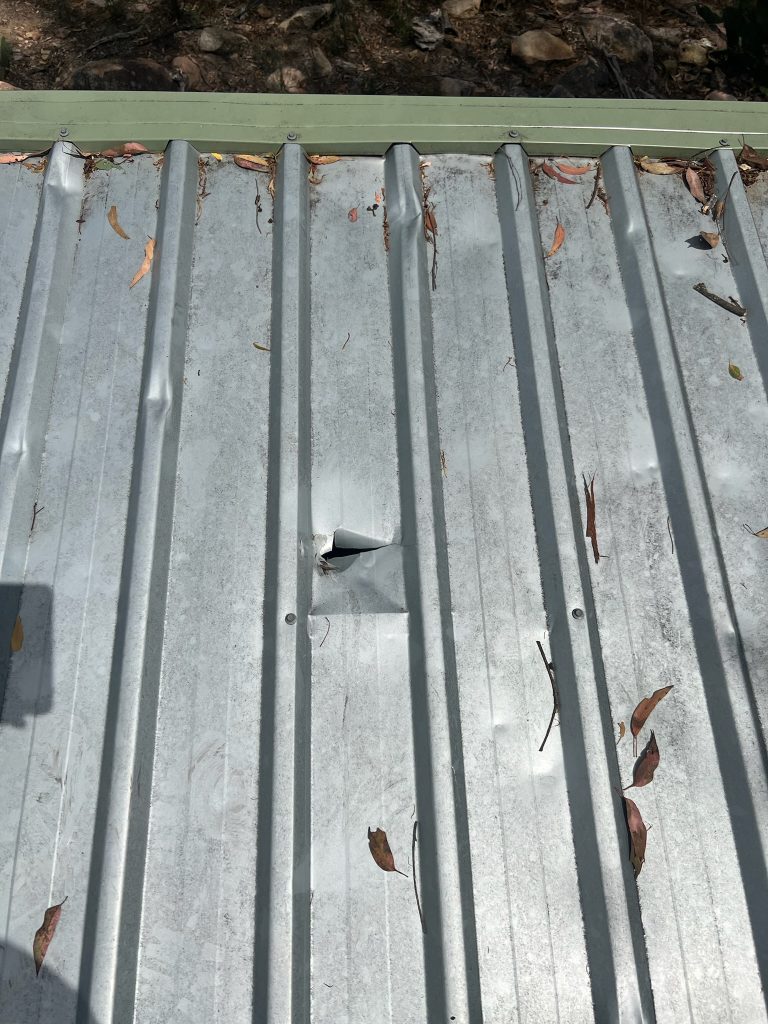Hail can crack tiles, dent metal sheets and loosen fixings, yet the first clues are often slow leaks and bowed plaster. If you intend to lodge a claim, early evidence matters. Booking structural inspections after disasters gives you a defensible record of what the storm did, what is unsafe and what repairs are required to code. MBC operates nationally with licensed building consultants and registered engineers, delivering independent, insurer‑grade reports that separate event damage from pre‑existing conditions.
Structural report after hail or storms: what we inspect
A structural building report for hail or wind is targeted, not generic. We focus on the parts most affected by impact and uplift.
- Roof sheets and tiles for punctures, fractures and denting, along with flashings and penetrations.
- Trusses, rafters and battens for fastener pull‑through and joint distress along the tie‑down path.
- Ceiling voids and insulation for moisture, staining and collapse risk once waterproofing is lost.
- Gutters, valleys and downpipes for blockage and backflow.
- Fixings and tie‑downs against the home’s wind region and era of construction.
- Hail size against the Bureau of Meteorology definition of severe hail at 2 cm or larger.
Local capacity can tighten after major events, so early documentation helps you avoid delays that often follow widespread storm outbreaks reported in recent ABC News coverage.
How a structural assessment informs your home building insurance claim
Claims decisions turn on clear evidence of causation, risk and scope. A strong structural assessment separates new storm damage from wear, documents make‑safe works and sets out a measured scope of works. Insurers must handle claims fairly and transparently under the General Insurance Code of Practice. Reports issued by licensed consultants and registered engineers are auditable and hold weight with assessors.
NCC compliance after a disaster: why like‑for‑like is not always lawful
Repairs must meet the National Construction Code, including roof drainage capacity, waterproofing junctions and tie‑down details.
Wind actions that determine fixing patterns and tie‑down strength are set out in AS/NZS 1170.2.
Steps for owners before and after the report
- Make safe and avoid working at height unless trained
- Photograph each roof plane, ridge, valley, skylight and every internal stain before clean‑up.
- Lodge your claim early and follow the Insurance Council of Australia guidance on lodging claims.
- Book an independent disaster assessment that includes causation, risk and a quantified scope ready for tender.
- Keep samples such as cracked tiles or dented sheets for evidence.
- If tarping is required, use trained responders such as the NSW SES.
Example: hail‑damaged roof and the scope that followed
A single‑storey brick veneer home presents with widespread denting to metal roof sheets, dislodged ridge capping and minor ceiling staining in two bedrooms. Inspection from the roof finds impact punctures around several penetrations, localised batten movement and nail pull‑through at truss junctions. Moisture mapping confirms wet insulation across 12 square metres. The structural report outlines make‑safe requirements, then specifies targeted sheet replacement, re‑fixing battens with compliant fasteners, full re‑flashing of penetrations and upgrading tie‑downs to meet the current wind classification. A measured scope with quantities is issued for tender and attached to the home building insurance claim file. The insurer accepts the event causation and authorises compliant reinstatement without dispute.
FAQs
Do I need a structural building report after hail damage to my roof?
Yes. Hail can deform metal sheets, fracture tiles and loosen fixings that look fine from the ground. A formal structural report supports a home building insurance claim with clear causation, safety findings and a compliant repair scope.
What does a structural assessment include for a home building insurance claim?
Expect inspection notes, photographs, moisture readings, references to the NCC and a quantified scope of works suitable for tender, not just a list of defects.
How soon should I arrange a structural report after a disaster?
As soon as the site is safe and you have a claim number, because evidence deteriorates with weather and temporary works.
Why partner with Morse Building Consultancy
- We produce insurer‑grade building reports that distinguish event damage from maintenance and include quantified scopes.
- Our national team mobilises for catastrophe events and operates across all states and territories.
- Complex claims benefit from access to experienced registered engineers who prepare defensible evidence.
- We work independently and at arm’s length from repairers, so our findings remain objective.
- End‑to‑end support is available through our broader Building Consultancy Services.
After hail or roof damage, an independent structural report is the most reliable path to a safe, compliant and accepted outcome. If you need an insurer‑grade assessment and repair scope, contact us.



